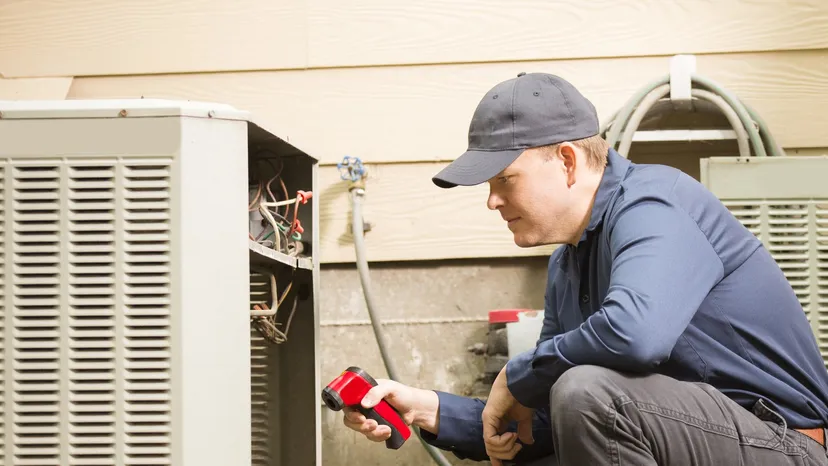Maintaining an HVAC system requires attention to many components, and when those components fail or wear out, HVAC replacement parts become essential. Understanding the role of these parts and knowing when and how to replace them can significantly extend the life of your heating and cooling system. The right replacement parts ensure efficient operation, save energy, and prevent costly repairs in the future.
The Importance of Quality HVAC Replacement Parts
Choosing quality HVAC replacement parts is vital for the performance and longevity of your system. Original equipment manufacturer (OEM) parts or high-grade aftermarket components can provide reliable service and fit precisely. Using inferior or incompatible parts can lead to inefficient operation, increased wear on other system components, or even system failure.
When a particular component of an HVAC system stops working correctly, replacing that part promptly with a suitable alternative helps maintain the overall system balance. Whether it is a compressor, thermostat, capacitor, or blower motor, each part plays a specific role. The correct HVAC replacement parts keep the system running smoothly, which in turn maintains comfortable indoor conditions and helps manage energy costs effectively.
Common HVAC Replacement Parts and Their Functions
An HVAC system consists of many parts, each contributing to heating, ventilation, or air conditioning functions. Knowing the common parts that often require replacement helps in diagnosing problems and arranging timely maintenance.
Compressors are critical components in cooling systems, responsible for circulating refrigerant. When compressors fail, the system cannot cool properly. Replacing a compressor with the correct HVAC replacement parts ensures continued cooling performance.
Capacitors serve as electrical components that help motors start and run efficiently. A failing capacitor can cause motors to stop working or run inefficiently, resulting in poor airflow or heating. Replacement capacitors are often needed to restore system function.
Thermostats control the temperature settings and communicate with the HVAC system to maintain comfort. When thermostats malfunction, the entire system’s operation can become erratic. Upgrading to modern, programmable thermostats as HVAC replacement parts improves energy management and comfort.
Blower motors move air through the ducts and into living spaces. A worn or broken blower motor affects airflow, leading to uneven heating or cooling. Proper HVAC replacement parts for the blower ensure consistent and reliable air circulation.
How to Choose the Right HVAC Replacement Parts
Selecting the right HVAC replacement parts requires careful consideration of compatibility, quality, and cost. It is crucial to know the make, model, and specifications of the existing system to find parts that fit correctly and function as intended. Using the system’s manual or consulting with a professional technician can provide valuable guidance in identifying the correct parts.
Quality should never be compromised, as low-grade parts may lead to more frequent breakdowns and decreased efficiency. Many homeowners and technicians prefer OEM parts for their guaranteed fit and performance. However, certain high-quality aftermarket parts can also meet or exceed OEM standards at a lower cost.
Cost is another factor, but it should be balanced against quality and longevity. Investing in premium HVAC replacement parts might be more economical over time due to fewer repairs and better efficiency. Conversely, very cheap parts may need to be replaced frequently, adding to maintenance expenses.
The Role of Professional Installation for HVAC Replacement Parts
Even the best HVAC replacement parts require proper installation to perform well. Professional technicians ensure that parts are installed according to manufacturer specifications, which prevents common problems such as leaks, electrical issues, or improper airflow. Proper installation extends the life of replacement parts and maintains system efficiency.
Technicians also test the system after replacement parts are installed, confirming that everything operates smoothly. This testing helps detect any issues early, allowing for quick correction before they lead to bigger problems.
Homeowners should consider professional assistance when dealing with complex components or electrical parts. Attempting to install HVAC replacement parts without the necessary skills may result in damage to the system or safety hazards.

